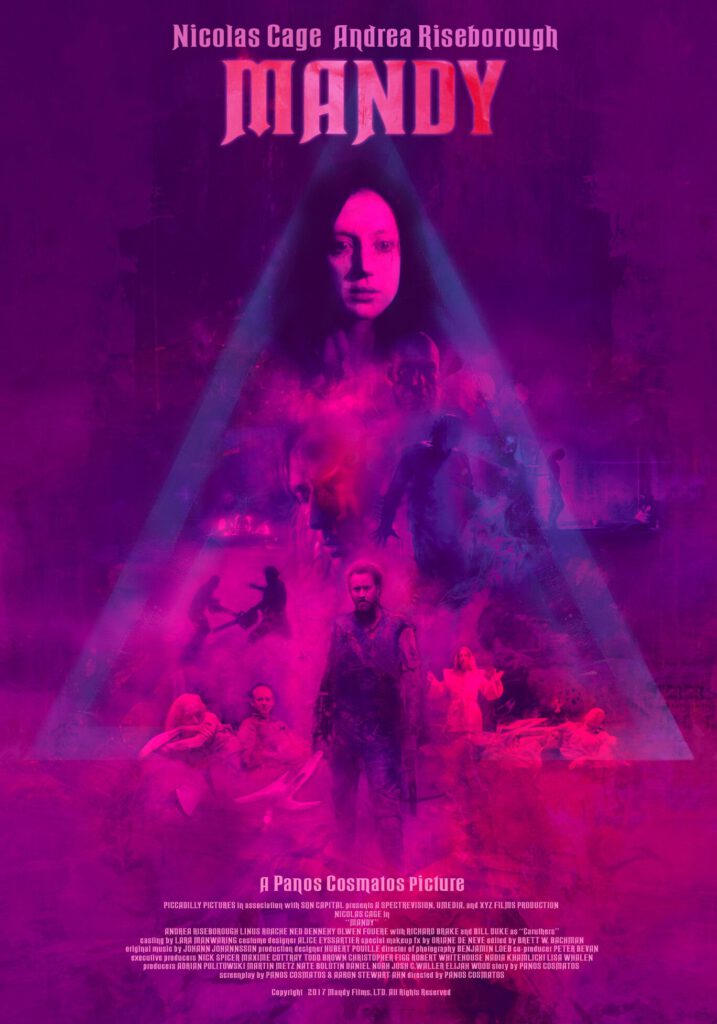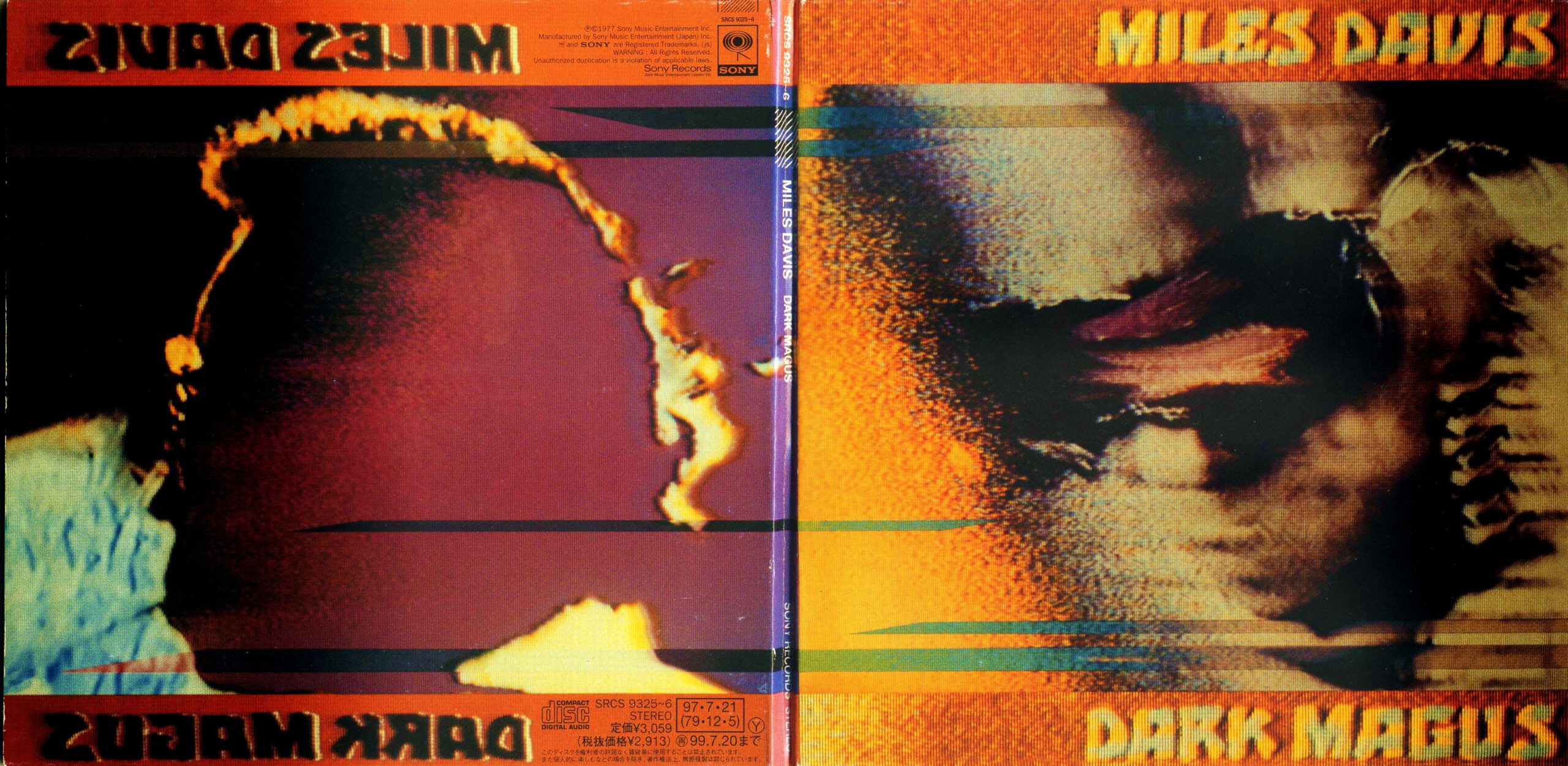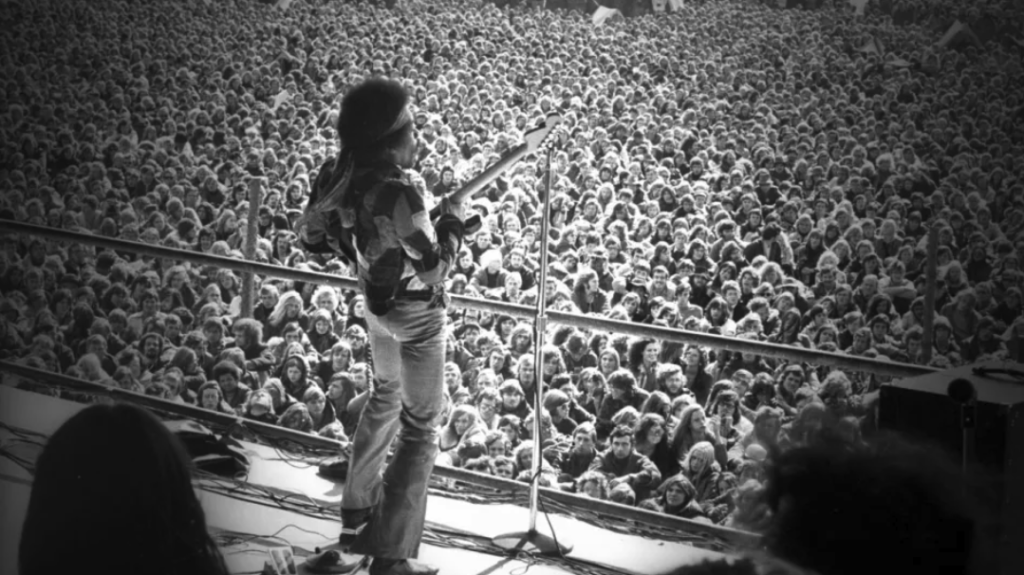
Apple reduces (some) developer fees, Roblox announces IPO, Google Stadia may never be good, but cloud gaming is coming regardless. Plus some techno breaks courtesy the Launchpad app from Amplify.
For more video game business news, check out NYU professor Joost van Druenen on the Prof G podcast and follow @Joosterizer on Twitter.
Thanks so much for taking a ride in the Escape Pod!
Listen on Apple, Spotify and everywhere else you listen to podcasts.
I’m the last person that should give anyone financial advice, but between my time in crypto and my new-found love of video games, financial tech and news has become something of a hobby. So, without further ado, here are some stories from the past week that interested me
— —
Apple has announced that developer fees will be cut in half for smaller developers that sell their apps on the Apple App Store. Currently the fee is 30%, which means that if I am developer and I have either an item for sale in the App Store OR if I’m selling ,an item in-game, Apple gets 30% of every dollar. Starting on January 1, 2021, if the developer makes less than $1million per year n the App Store, that fee will go down to 15%.
The App Store is where Apple is most vulnerable to regulation and anti-trust scrutiny. The app market is so consolidated that Apple has amassed the power to engage in very anti-competitive practices. A lot of this has been in the new lately because of the dispute between Epic (Fortnite) and Apple. Fortnite refused to pay the fee and Apple deplatformed the game. As much power as Epic has (Fortnite is a massive world-wide success for many years now), it is nothing compared to Apple. So if the biggest customer can’t fight back, it would seem that regulation is a fait accompli.
Apple’s move can help displace some of the bad feelings about their de facto monopoly, but it does nothing to settle the dispute with Epic, since Fortnite revenue is WAY beyond the $1 million cap. Good PR move for Apple, but I’m not sure what effect this will have. I did hear an interview with Senator Amy Klobuchar (D) of MN who is looking to have a lot of influence in the Biden administration, even if the Senate retains a Republican majority. She is writing a book about anti-trust and appears to be burnishing her credentials in anticipation of the growth industry of anti-trust regulation. That’s going to be a hot area over the next ten years.
— —
Google Stadia has arrived at my house and I am pretty impressed. It came with a pretty legit game/pad controller, very similar to what I have for the PS4. It also came with the current generation Chromecast. I was skeptical at first because the idea is that you don’t even have to download the game. The actual code of the game lives not on your device, but in the cloud. So it’s as if the gaming console is in another location and there is a long wire (called the Internet) just connecting your TV as a screen to see the information that off-site game console is pumping out.
And it’s not like that off-site console is really very far away. Google has now peppered the world with enough data centers that the physical distance between the computer that is running your game and the screen and controller you use to play that game is not excessively long. It’s still miles away, to be sure, but the decentralized design spreads out the labor.
In the meantime, them gaming experience has been pretty good. There is more lag than what I see with the PS4, but it’s not enough to turn me off to the platform, and I’m expecting improvement.
This is a much better model, if it can be made to work as well as an in-home console, because it gives Google a recurring revenue model (something Sony has to grasp for with Playstation), which also means a smaller up-front investment for the consumer. There is added convenience as downloads and updates are all handled off-site and without the need for consumer intervention or wait times.
One possibility which I’m hoping Google can get right, is the YouTube integration. Youtube is Google’s biggest brand and a healthy chunk of YouTube content relates to video games. Will Stadia integrate in a way that allows streamers and YouTube creators to go make a long-standing home on Stadia? Too hard to say at the moment, but the potential is there.
— —
The Roblox IPO is very exciting. If you don’t know, Roblox is an online gaming platform that emphasized community and connection over game design and graphics. It is a tool for building and hosting games games which look, well, blocky. The characters are more like Lego figures than actual humanoid beings. But the interactivity is so slick and seamless that it really doesn’t matter.
Roblox is a place with thousands of games you can play for free with people from all over the world. The games are diverse, but many of the most successful titles have extraordinary depth in terms of the virtual geography, and the ability to engage in a variety of activities on a competitive basis. For every successful video game out there, someone has tried to make a Roblox version, and some of them are pretty good. More importantly, some of them are wildly popular.
Over the past several months, the most popular games have been life simulators where players form families, get jobs and houses and basically just play grown-up. There are some very good car games, shooting games and even a skateboard sim that I enjoyed for a bit.
The one bad thing about a lot (most?) of these games is the fact that, although everything is free to play, the advantages gained from spending money on the in-game economy (Robux) goes directly too the heart of the games’ competitive features. In other words: free0-to-play, but pay-to-win.
That’s not a great model for players, but if you are REALLY into one of the many games on the platform, the micro-transactions needed to stay competitive don’t feel too burdensome. Also, as proven by the impending IPO, these micro transactions are a proven model for revenue and growth. The platform will have to find ways to innovate to keep the shareholders happy. I don’t think it can just be left to the developers, because the whole Roblox community is a walled-garden. If the contours of that garden remain static for too long, the platform will undoubtedly become stale.
— —
I guess the fact that COVID isn’t going away any time soon is leading to a little more movement in the video game economy. It could also be that my interest is stimulated because EVERYTHING is new to me right now. Either way, I’m interested in the platforms, delivery methods, marketing, etc.
After playing just on mobile for a while, I was gratified at the similar use of downloads and free to play on PS4. Here, I had thought that everything was buying a physical disc, CDROM/DVD whatever. Glad to know how wrong I was. I’ve thought a lot about the difference between gaming on a console, which is designed to do one very big task at a time, and playing on my MacBook Pro — which is designed to do a few big things or a ton of small things all at once.
It’s no surprise that gaming on a PC that is not a dedicated gaming machine, provides a pretty lackluster experience. At the same time, I like being in front of my computer. The paradigm has ben my son’s gaming, which is a lot of Roblox, which works exceptionally well on computer. I have learned the basics of keyboard gaming: which buttons work for direction and picking things up and what the mouse does. I understand why a lot of people prefer that mode of gaming, and I’m sure most. Use PCs that are designed with that task in mind.
So, here I am, liking the PC gaming experience, but with no good way to play PC games on my laptop with SSD. I can’t start downloading massive files via Steam or Epic, even though this platforms work on Mac.
And then Stadia came along and really legitimized the idea of cloud gaming for me. Stadia actually works on my MacBook Pro without too much glitchy ness or lag. The issue with Stadia is that there aren’t many free games. Talk about a carefully curated ecosystem. They need more choices ASAP.
So now I am looking for other cloud based gaming platforms that really require almost nothing more than a decent internet connection. That’s when I discovered my.games, from the same people that have brought us mail.ru. That’s some serious muscle, although not the kind of muscle that has a lot of influence in the US. My.games could change that.
It’s a cloud-based gaming platform that can now be downloaded onto windows computers and will provide a premium gaming experience with the user needing to own dedicated hardware and without downloading monstrous files. This is like Stadia, but the number and type of game is in a different universe. God knows what the Russian spyware will do to your computer, but the whole thing is incredibly predictable. This is an instant replay of the move to cloud music, which came just before streaming movies. I guess those shiny DVDs and blu-rays don’t do for people. They definitely don’t do it for me.
Now, to me the my.games interface looks a lot like an Android emulator I have tried. That emulator theoretically turns my MacBook into an Android phone or tablet and makes all the games and other apps in the Android ecosystem available. That increases the number of games you can play on a Mac exponentially in no time. I’m practice, however, I’m not that impressed. There port is having to do too much work, so the benefit of the lightweight Android software is quickly lost.
Despite this similarity of appearance, my.games is much more like Stadia and less like android. (Parenthetically, it is NO coincidence that Apple’s new M1 chip for the new version of my MacBook are designed with the goal of unifying Apple’s mobile and Mac operating systems. If this tech existed now, I wouldn’t have to download a damn emulator). The main difference is that the big working part of the game — the code that makes it look so pretty and do all the things it can do, that big chunk is somewhere else — not on any of my hardware. That’s the Stadia model and that what this Russian outfit is doing — My.games. With the Android emulator, large portions of the game need to be downloaded, just like it would be on your phone.
Just to put this into some perspective — a game like PUBG on a console is a download of over 80GB. An a phone or tablet, that gets cut all the way down to about 4GB, with the rest of the game being remote. Google Stadia has PUBG also. Download = zero. That’s the magic trick.
my.games currently has about 60 free-to-play games (with in-game purchases) and another 45 games that require payment to access. Prices are MUCH lower than what you find in the Playstation online store or on the paying part of Google Stadia. In both of those places, games can easily get into the $60-$80 range and beyond. My.games selections go from .99 up to $25, but none of these are known titles. The real quality is in the free-to-play catalog which looks like it includes a lot of console quality RPG, shooting and action games. Two titles in particular (Warface and Skyforge) are available in the same form on PS4, also free-to-play. This appears to involve some high-end European distribution deals for Chinese games that have quality and depth but not a strong reputation in the US.
Interestingly enough, while I was looking up info about my.games, it’s website remained unavailable. Not a good look for a company owned by the conglomerate that dominates all internet in Russia. “Site can’t be reached.”
News reports indicate that my.games, despite their non-functioning website, will soon be moving outside Europe (seems like that has already happened) and will be available on a variety of platforms, including Mac — still waiting for that one.
The point is that this s clearly where the gaming industry is going. COVID has sped everything up, but the cloud gaming experience is already here and spreading faster than VR and self-driving cars.






